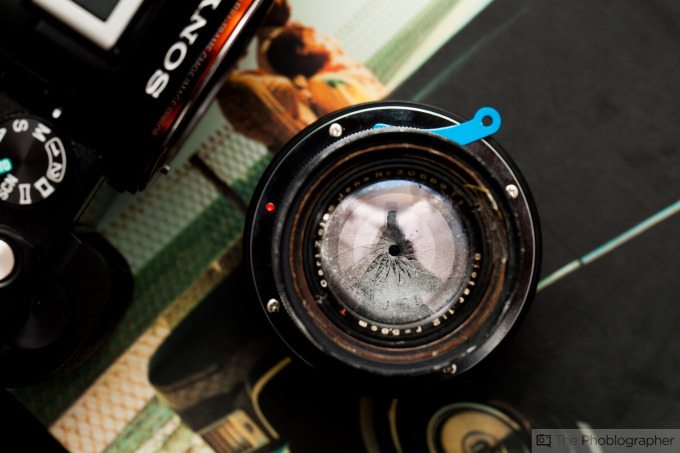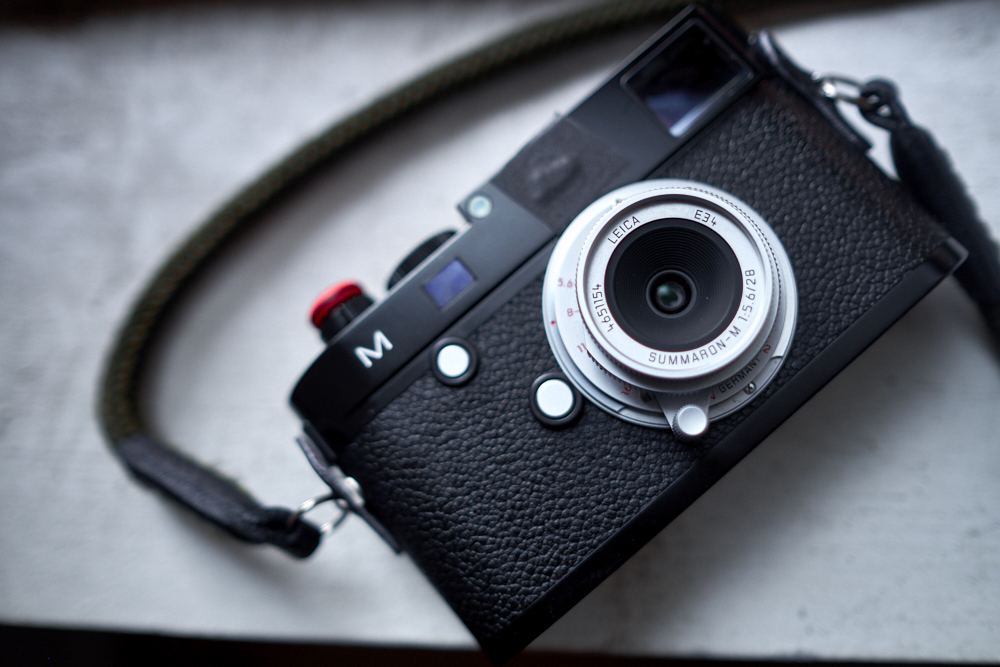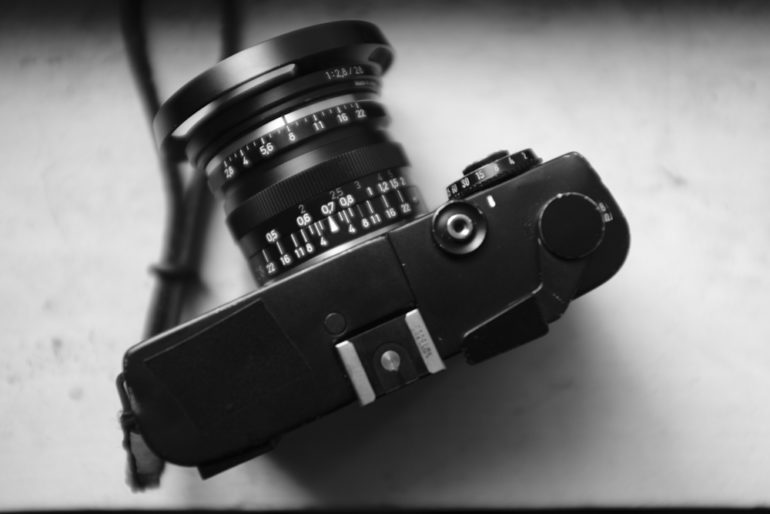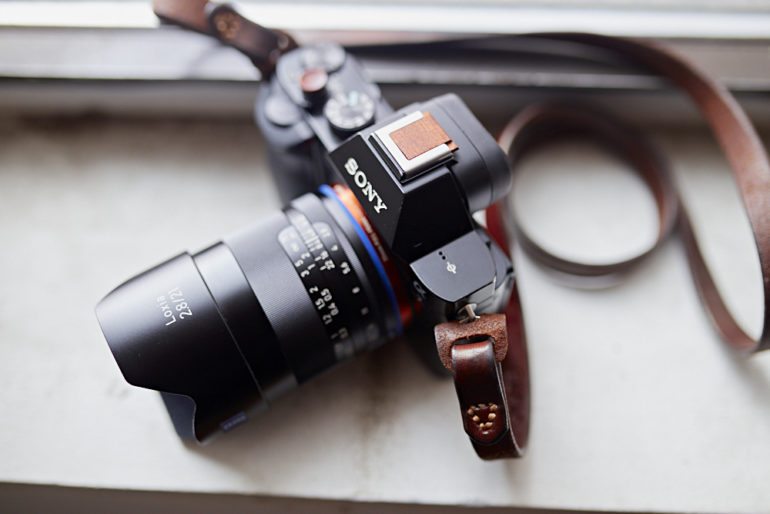Last Updated on 09/20/2017 by Chris Gampat
There’s a lot of articles out there about the pros and cons of using manual focus lenses for your photography, with everyone trying to explain what the benefits are to shooting in manual, and the theory that taking pictures with a manual lens heightens creativity. Great photographers for National Geographic, Time, Magnum, and many others are using not only manual focus lenses, but also film cameras. Cameras of 35mm, 6×6, or even large format cameras (for the most patient photographers) are still playing a major qualitative role among professionals in the era of Instagram and iPhone photography.
In the 1998 film Pecker, we see a young and talented photographer taking satirical pictures of his family, friends, and city. He steals film so he can take as many photos as he wants and is manually focusing his cheap ‘60s Canonet in no time. There’s a funny scene in the movie where Pecker receives a new, autofocus camera as a gift, but he contemptuously puts it aside.
What’s their reasoning behind shooting with manual focus lenses? Is this just a matter of preference or habit? Or are there maybe any factual reasons why people still shoot with analogue features rather than with the easiness of the autofocus lens?
Photographers like Thomas Struth, Rena Effendi, Max Pinckers, Paolo Pellegrin, Dan Winters, Larry Towell, Catherine Opie, Rodrigo Abd, and countless more photojournalists, street photographers, and artists around the world not only use film cameras and manual settings, but also work with huge bulky cameras.
Their first priority? Achieve the best quality a picture can have.
What’s so special about the manual focus lens?

Some might argue that using a manual lens can easily be a subjective preference, and there is no difference in terms of creation and expression whether you shoot with a Rolleiflex or your smartphone.
But the truth is there is a difference, and it’s good to be aware of it.
You see, there’s nothing wrong with taking pictures using your plastic DSLRs or mediocre lenses, which now and then will manifest AF-related issues (problems you’d never have with a MF lens). You can get this decisive moment of Henri Cartier-Bresson even with a toy camera or a Lomo, but when you get back the final prints and you see those tiny squares of pixels or the overall shallowness of the images, and you compare them with a picture of a good analogue camera, the difference is mind blowing.
But this is about the entirety of analogue photography. What about the hybrid trend of using manual focus lenses in DSLRs? Is this considered the equal of analogue photography?
Absolutely not.
The digital sensor, full frame or not, is not even close to the depth and tonal variations of the physical form of a film strip.
Instead, it’s the creativity that comes alive. And time plays a major role in the psychological state of the person who pushes the button to capture the perfect frame.
No matter how many interviews you’ll read with industry-leading photographers, they all mention the same thing: it’s the management of time that the manual focus demands, that trains your eye, helps you connect to the subject more, and in the end makes you a better photographer. These same photographers talk about “patience,” “connection,” “listening to their stories,” “get closer,” “a more human experience,” and so on.
Train your eyesight and take better pictures
Manual focus teaches you how to manage your time until you take the frame. Manual focus equals manual settings, since you have to set your aperture from the lens—the camera doesn’t automatically set it for you.
This means that you take care of the speed and the ISO, too. And you need to think about all those things before you even get the camera into shooting position, which means you need to make some quick decisions as you’re creating the frame of the picture in your mind. It’s as Magnum photographer Max Pinckers says: “You can make all these decisions without the camera. And then take a picture of it.”
One of the most irresistible and precious values in photography is to train your eyesight to get the composition and shoot fast and discreetly as not to disrupt the balance of what’s going on in front of your camera. And this is something that shooting manually can teach you.
Get to know your camera by closing or turning off the live view monitor, and instead, look through the viewfinder, which can show you the frame totally isolated by all the surrounding optical noise, which will help you get used to focusing the lens fast and just the way you want. Being a little out of focus is not a big deal. After all, these are not errors, this is life, and it’s wonderfully captured in the light flares on the glass of the lens, on the out of focus parts, on the move that got frozen or blurred.
Another important piece of advice?
Don’t check the picture after you take it.
Really.
Go ahead and make huge mistakes because of bad settings, lose incredible and unrepeatable moments, and learn from those moments. If you want to try and start using manual focus lenses, then you have to put aside the practicalities and give it time, because making mistakes is the best way to learn.




